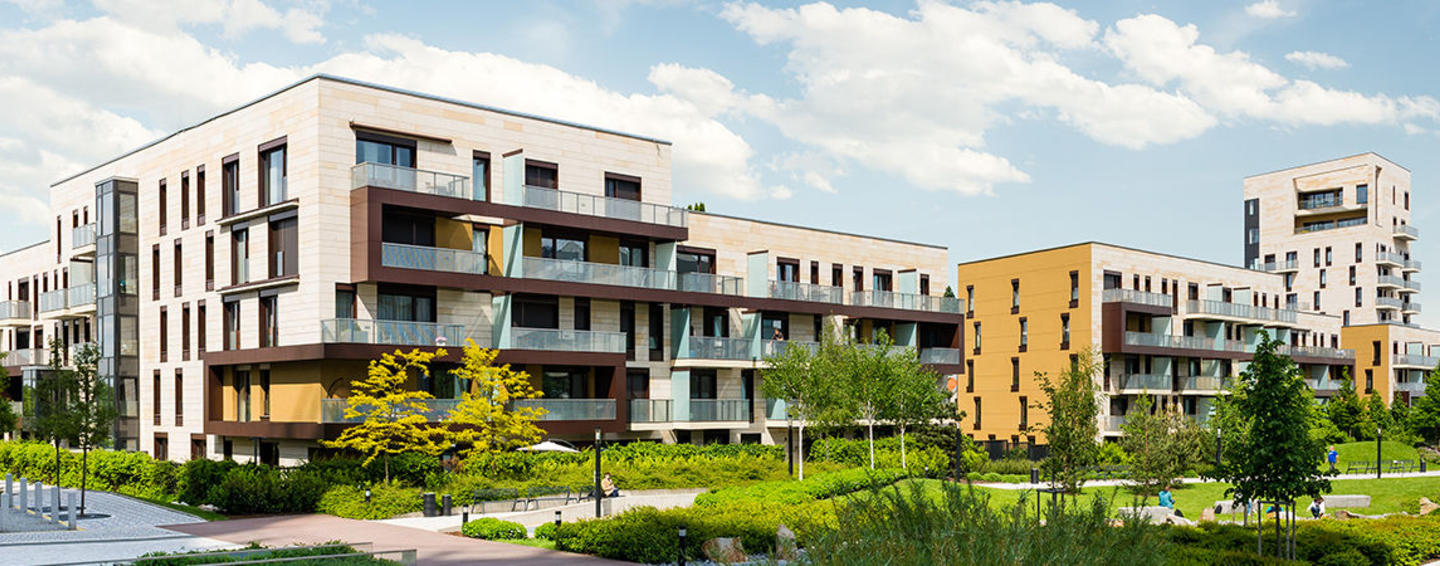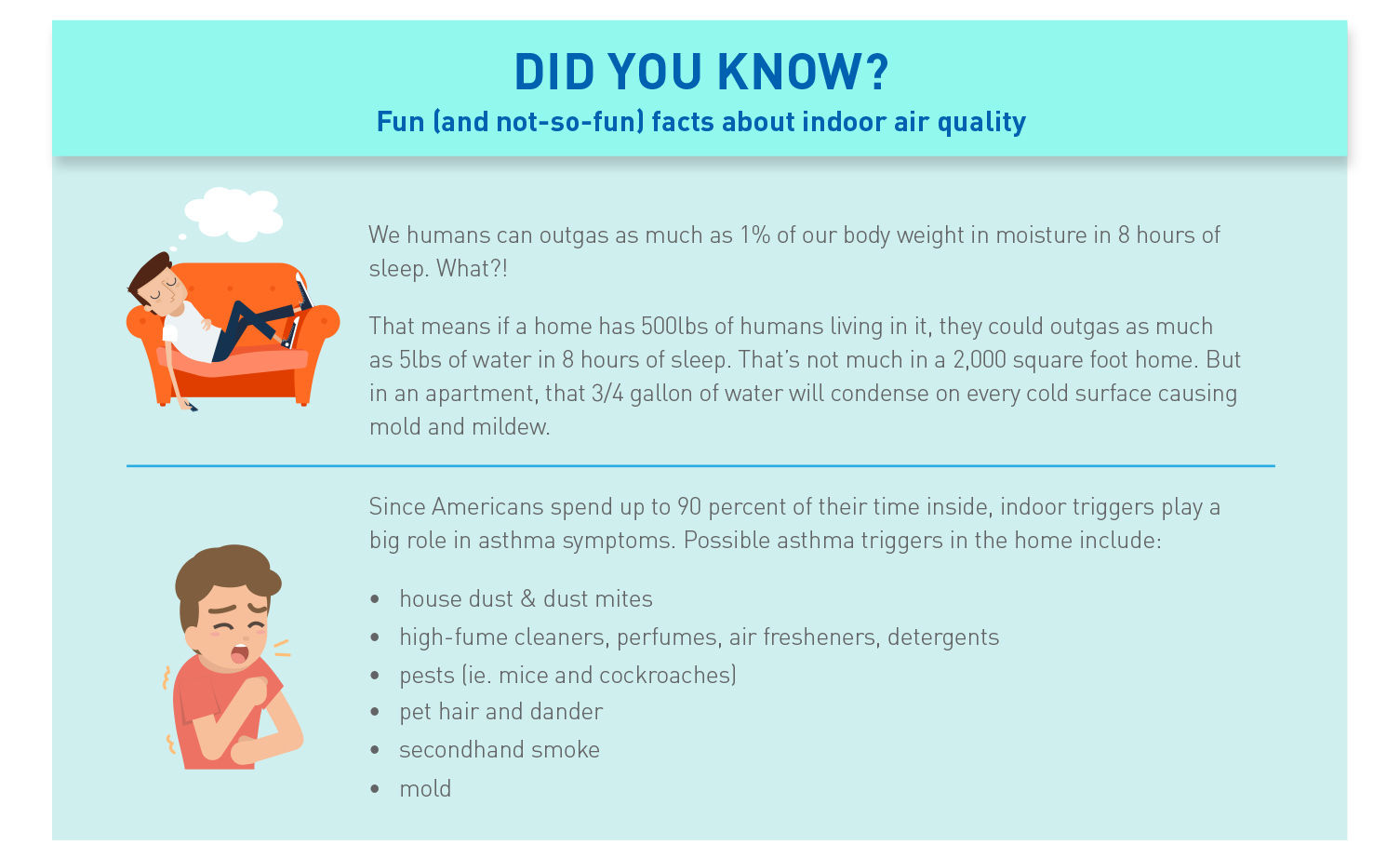Why it’s absolutely necessary to establish healthy indoor air in your multi-family building

Is ventilation really necessary?
Today’s multi-family building codes are driving airtight, energy efficient construction. As a result, achieving and maintaining healthy, balanced indoor air quality (IAQ) is more important than ever. A properly designed ventilation system protects the dwelling and its occupants in many ways, including:
- removes harmful pollutants and replenishes the space with clean healthy air
- prevents moisture and costly moisture-related damage
- reduces building maintenance
- improves the unit’s durability
- saves energy and lowers utility bills
Harmful pollutants found in every apartment
Stale, uncirculated air breeds all sorts of harmful pollutants inside an apartment. These include mold, mildew, pollen, dust mites, pet dander, viruses, and bacteria. Accumulation of these contaminants can result in hazardous health effects for occupants and structural damage to the unit, all unnecessary risks for property managers. The good news is, they are almost entirely preventable.

Continuous ventilation: a low-cost IAQ strategy
Installing a powerful, continuous run exhaust fan is the lowest cost strategy to predictability move bad air, and the contaminates it carries, out of a building. I say predictably because without a continuous run ventilation strategy air will move throughout the property on its own.
By running a fan continuously at a low CFM (cubic foot per minute) rate, a low-pressure system is created within the apartment. Since we know that air moves from high-pressure to low-pressure, over time every cubic foot of air will ultimately find its way to the fan and out of the dwelling.
Warmed air from a kitchen stove, heat register, or window in one area will expand and put pressure on the weakest part of the building envelope. This activity literally pushes the contaminated air to the weakest or lowest pressure space in the building envelope, which would be in the vicinity of an envelope air leak. Common leakage occurs through the upper levels of the building, open/leaky windows and doors, ventilation openings, or penetrations and cracks in exterior walls.
For that reason, contaminants originating in one location can easily migrate throughout the property, affecting everyone – even those trying to avoid the source. With a continuous run fan strategy in place and operating, contaminants will always be moving toward the low-pressure system and exhausted out of the building. An apartment has to breathe. A properly designed ventilation system ensures that it will.
Moisture: a property manager’s worst enemy
Moisture comes at your building from inside and out, all day, every day. To combat it, your moisture management strategy has to be on guard 24x7. It’s time for property managers to make a stand against the damaging effects of moisture.
All ventilation strategies should utilize an automatic trigger to turn the fan on, or in the case of WhisperGreen Select, from low to high speed. After all, a fan that doesn’t get turned on - doesn’t move air or remove moisture. I always recommend using our WhisperGreen Select fan with a Plug 'N Play condensation sensor module.
Our moisture module plugs inside the fan housing and will detect abnormal rises in airborne moisture loads or drops in room temperatures, automatically turning the fan on and off as high humidity conditions persist. Temperature drops are often a result of occupants trying to conserve energy costs by turning the heat to a minimum setting or off altogether. With the moisture sensor inside the fan, it’s less likely to be modified, abused or removed by a “well-meaning” occupant.
The result of excessive moisture in any building envelope is condensation. From condensation comes mold and mildew. By employing a proper ventilation strategy that removes moisture effectively, mold and mildew will be eliminated from your worries before it begins.
Author
Ken Nelson- BPI Certified Building Analyst & Channel Sales Manager, Indoor Air Quality, Panasonic Life Solutions
Questions about ventilation strategy? Contact us below and an IAQ specialist will connect with you shortly.


